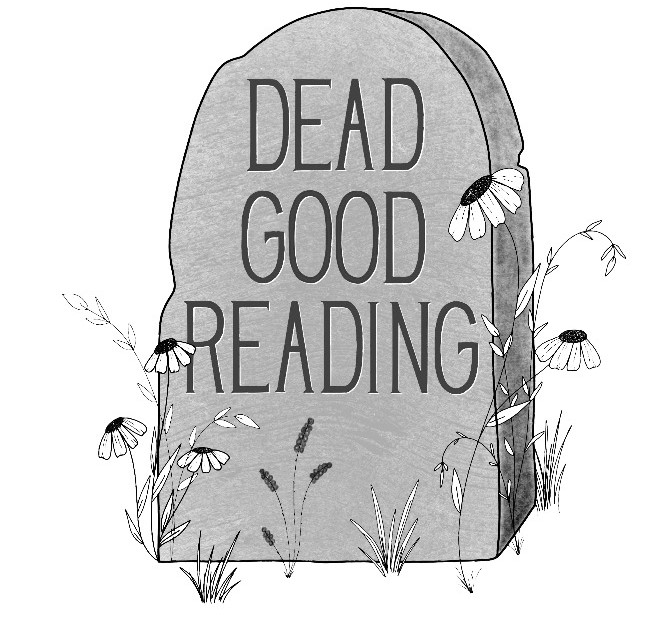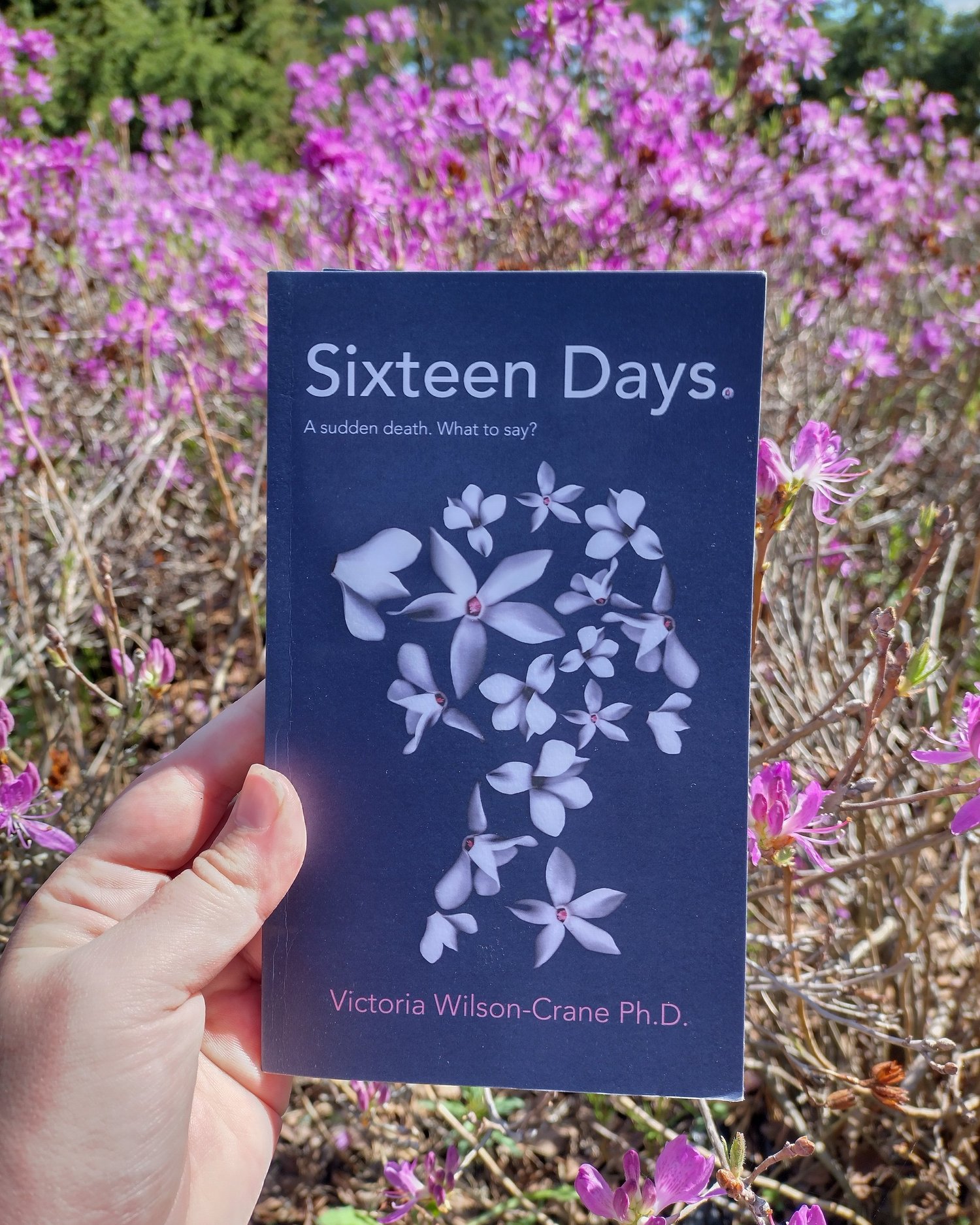As an aunt of two bubbly nephews, the thought that I might potentially outlive them is terrifying. While I am quite comfortable thinking about my own mortality, thinking of the possibility of people younger than me dying is haunting. In Sixteen Days. Victoria Wilson-Crane deals with exactly this topic, as she reflects on the unexpected death of her niece Marry-Lou, who died suddenly, aged 22.
In a matter of days Mary-Lou went from a twenty-something in the spring of her life to someone who died. In Sixteen Days. Wilson-Crane describes the days between her niece’s death and the funeral. The aim of the book is to outline what happened in the messy days after Mary-Lou’s death, and how others who experience sudden death might try to make sense of it, or how they can better support people who experience this type of loss. Obviously these 16 days are just a few days in a long line of messy and complicated days that follow such a pertinent loss.
One thing I really liked about it is Wilson-Crane’s reflections on not being in the ‘inner circle’.
“That was possibly my first realisation- regardles of how I felt- there were people closer to Mary-Lou than me. I’d never thought of relationships like this before. I was close to Mary-Lou, but clearly not the closest. This dawning would become significant in the coming days’”
— Sixteen Days. Page: 25
Who is considered part of ‘the inner circle’ is very much dependent on individual situations and the size of families. Wilson-Crane was simultaneously inside the inner circle of a small family, as well as outside of the inner circle, as she felt it was not up to her to make important decisions about the funeral and appropriate ways of commemorating. This is an important message for anyone experiencing a loss; who are you in relation to the deceased and what role can or should you play in any of the jumble that occurs in the liminal space between death and burial or cremation?
I felt similarly last year, as my best friend’s mother died. My friend is an only child and her parents divorced when she was very young. Her mother had a partner who she’d been with for the past twenty years. The inner circle was my friend and her mother’s partner. Like Wilson-Crane I was part of the inner circle in the way that I helped with a lot of practical things, such as being present in the home for the wake and to assist my friend in whatever task she needed doing. I have been described as ‘the closest thing she had to a sister’. But ultimately she was the inner circle.
I would love for Wilson-Crane to further develop this notion in future writings, as I think a lot of people will struggle with notions of legitimacy and grief. Inner circles, and who is in and out of it, are touched upon in other books but I have yet to see this idea fully developed. While Erica Buist does not specify the notion of inner circles in This Party’s Dead, this is clearly an issue she is dealing with as well, after the death of her father-in-law-to-be. And it is an important topic, as families, relationships and social networks are increasingly complex, notions of inner and outer circles are also increasingly complex.
A beautiful moment described in the book is the washing of her niece’s hair in the Funeral Home. While not experienced as pleasant in the moment, as the funeral director had promised Mary-Lou’s hair would be washed by them, I like to think this was a profound ritual that Wilson-Crane and her sister did together.
“We got the job done quite quickly which made me cross, since it could easily have been done on the Friday, and saved Julie, and all of us, the additional anguish over the weekend. We were given to believe this was something that may be tricky to do, difficult. Not so. We then plugged in the air brush dryers and dried the hair off, making something of a better job of it than previously. At the time, I still couldn’t believe we were doing this- our aspiration to do this job turning to reality. We could do this- hey, it could even be a side hustle, we could be the mortician’s mates, drafted to deal with difficult hair”
— Sixteen Days. Page: 45-46
Sixteen Days shows that there can be a lot of tensions post-death. People make mistakes, and might have different expectations of what might happen or what should happen. People, even death professionals, might make snap decisions that feel right in the moment, but that can wrongfoot bereaved individuals.
The pocket-size book is a very quick and palpable read, which can help a myriad of people trying to make sense of a sudden loss. It deals with the complicated layers of families and inner circles, of expectations and reality and how everyone tries to do the best they can when faced with an unexpected loss. Importantly, it shows that conflict, laughter and crying, all go hand in hand in times of loss.
The e-book of Sixteen Days. is currently (until June 2nd 8AM BST) available for FREE on Amazon.


Leave a Reply